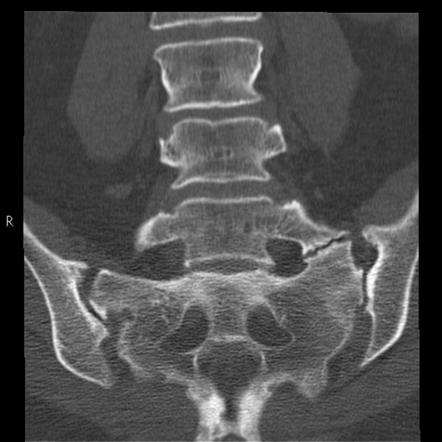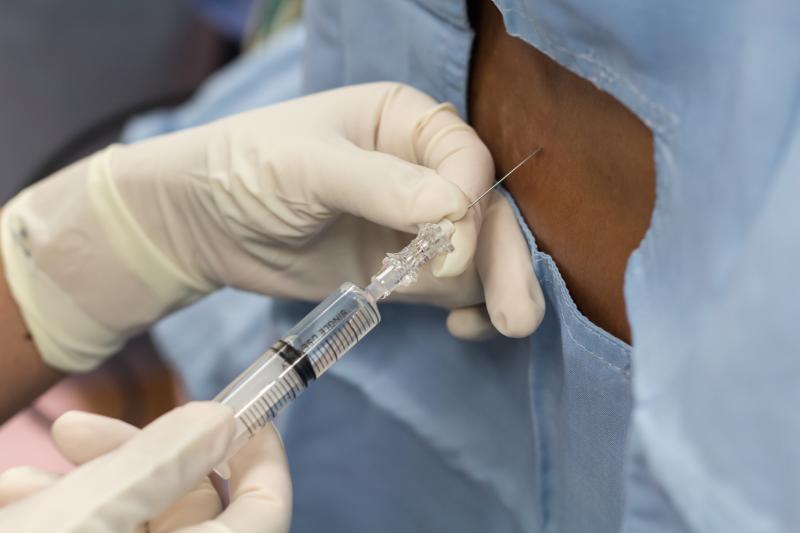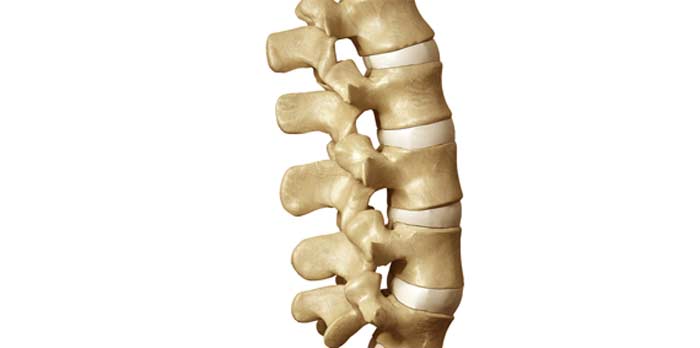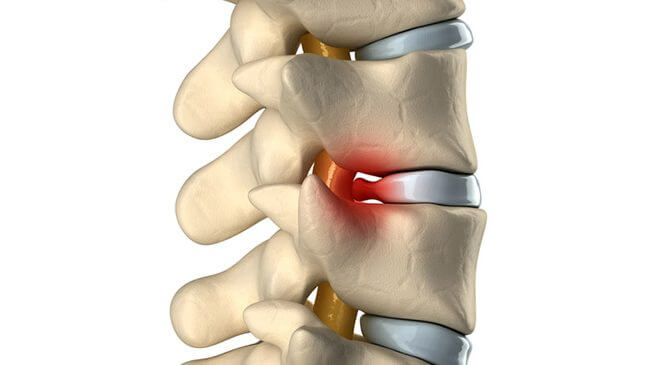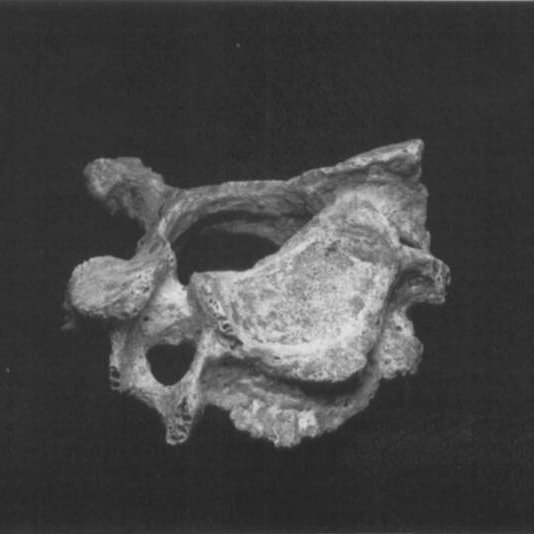Article reviewed and approved by Dr. Ibtissama Boukas, physician specializing in family medicine
Have you had surgery spine, abdomen or limbs? Do you feel excruciating pain more than necessary during a little pressure or a pat on the back? Have the painkillers prescribed by the doctor become less effective? Well, you may be suffering from hyperalgesia.
This popular article explains everything you need to know about hyperalgesia, emphasizing the mechanisms of occurrence and how to relieve it.
Definition
We speak of hyperalgesia (or hyperalgia) when a person has an excessive sensitivity to pain, that is to say, they feel excessively pain that normally should not be so strong.
Generally it is a disorder of the functioning of the brain, the spinal cord (central nervous system) or nerves (peripheral nervous system).
Difference Between Hyperalgesia and Allodynia
Although both terms are classified under neuropathic pain, they represent two different symptoms.
Allodynia is a spontaneous pain felt during an obviously non-painful stimulus such as a caress, a touch while in hyperalgesia the pain which was to be initially felt during a painful stimulus (pressure with a needle for example) s 'amplified.
What is the mechanism of onset of pain?
Before talking about the physiological dysfunctions that can lead to a state of hyperalgesia, we must understand how pain occurs in the body.
Indeed, pain is an unpleasant sensation felt during actual or potential tissue damage. The onset of pain is a complex nervous phenomenon involving electrophysiological and neurochemical processes.
Three successive stages are essential to the onset of pain in the body:
The first step involves nerve pain receptors called nociceptors. They are located in peripheral organs such as muscles, skin, internal organs (viscera).
During a stimulus (pressure of a needle on the skin), the nerve impulse is then generated at the level of the nociceptor then transmitted to the peripheral nerve fiber.
The second stage is that of the transmission of nerve impulses to the central nervous system (spinal cord). At this level, the nervous message can be modified (blocked, amplified) then it is transmitted to the brain which transforms it into a painful sensation. This last component therefore constitutes the third stage.
What are the mechanisms of occurrence of hyperalgesia?
As stated above, hyperalgesia is due to a malfunction of the nervous system. Several mechanisms may be at the root of this dysfunction, but we can identify three main ones.
- Nerve tissue damage following surgery or trauma: in this case the nociceptive stimulus is prolonged and the inflammation intense.
- Consumption of high doses of painkillers such as opioids (morphine, oxycodone, hydromorphone)
- Peripheral or central nerve damage
All these three mechanisms have approximately the same mode of action. They increase the nociceptor response threshold and therefore the pain becomes more intense.
Hyperalgesia can affect damaged tissues. In this case, we speak of primary hyperalgesia. It can also reach the healthy tissues located around the inflammatory lesion. This is called secondary hyperalgesia.
In primary hyperalgesia, the affected tissues release chemicals that exacerbate the intensity of the inflammation itself, and as a result, a mild stimulus expected to cause minimal pain is felt much more intense. The level of pain activation is therefore lower and the latency time lowered.
On the other hand, in secondary hyperalgesia, it is the tissues or organs located around the inflammatory zone that react. Pain in healthy peri-lesional tissue is due to sensitization of adjacent nerve fibers by a phenomenon known as axon reflex or neurogenic inflammation.
During neurogenic inflammation, neurochemicals are released by the peripheral pain stimulus into injured tissues. These substances diffuse to neighboring nerve fibers not affected by the inflammation and therefore cause the same painful sensation. This phenomenon is also called oil spot hyperalgesia.
In short, a lowering of the nociceptive threshold, a increased arousal by organic damage, a inhibition decreased by taking opioids, a extension of the size of the receptive field to healthy tissues around a lesion and a lasting synaptic reorganization leading to a chronicity of pain are the different mechanisms of hyperalgesia.
Causes of hyperalgesia?
From all the above, we can cite in a non-exhaustive way some causes of hyperalgesia.
These are accidental tissue trauma (cut, contusion, bone fracture, crushing trauma), traumatic nerve damage, surgical trauma, burns, tumours, radiotherapy.
With regard to the case of opioids, an opioid-induced hyperalgesia has been described (in English: Opioid induced hyperalgesia or OIH). Through complex neurochemical mechanisms (which cannot be detailed here), we note that prolonged consumption of opioids leads to an increase in pain sensitivity.
It is a complication of chronic opioid therapies but different from opioid addiction.
Symptoms of the disease
In hyperalgesia, the pain felt following a stimulus is intense, acute and transfixing.
When it comes to the achievement of an internal organ, this pain can be deep, cramp-like. The patient experiences pain continuously or intermittently.
It is aggravated by movement, coughing, laughter, deep breathing or during dressing changes. These latter characteristics correspond more to post-surgical hyperalgesia.
When it is a hyperalgesia due to the presence of tumor, the pain is intense and permanent.
Diagnostic
The doctor diagnoses hyperalgesia by looking for mobility pain. It will be necessary to clinically quantify the level of pain, to look for an increasingly increased analgesic intake, and chronic residual pain.
Indirect symptoms can also be identified such as anxiety, signs of depression, insomnia, repercussions on daily life including professional and social activities, etc.
In adults, several scales allow the doctor to assess the intensity of pain. These are the visual analogue scale (VAS) and the numerical scale (EN) which quantify pain from 0 to 10.
There is also the Simple Verbal Scale (EVS). With regard to the latter, the following marks are assigned according to the intensity of the pain felt and expressed by the patient: Absent pain = 0; low pain = 1; moderate pain = 2; severe pain = 3; extremely severe pain = 4. Patient requires pain management if EVS ≥ 2.
Treatment: How to relieve hyperalgesia?
pharmaceuticals
Certain medications may be prescribed by the doctor to relieve hyperalgesia.
These are:
– Antidepressants
– antiepileptics (gabapentin) or pregabalin
– analgesics commonly called painkillers
– anti inflammatory
– local anesthetic creams or gels
– lidocaine patches
Transcutaneous electrical nerve stimulation
Another solution approach used by physiotherapists is transcutaneous electrical nerve stimulation (TENS).
This technique uses a weak low frequency current to reduce pain by placing electrodes on the skin. A session can last twenty minutes to a few hours depending on the intensity of the pain and several sessions can be carried out in a day (although rare).
The patient can be educated to use this treatment on an outpatient basis (at home) and on demand. When applying the electrodes, the patient may feel a slight tingling sensation.
Other possible approaches to relieve hyperalgesia are:
- Stimulation of the spinal cord by an electrode in the space between the spinal bone canal and the dura mater (outer layer of the spinal cord)
- Blocking or neuronal ablation (ablation by radiofrequency, cryoablation): This method makes it possible to inhibit the action of the nerves by using cold, or electromagnetic waves.
Prevention of hyperalgesia in surgical trauma
The use of locoregional anesthesia during surgical operations makes it possible to stop peripheral nociceptive impulses and reduce central sensitization, thus leading to a reduction in postoperative hyperalgesia.
Furthermore, the use of lidocaine and ketamine associated with general anesthesia considerably reduce the risk of postoperative hyperalgesia. These drugs make it possible to save opiates, that is to say reduce the postoperative consumption of morphine to a minimum dose and therefore reduce pericicatricial hyperalgesia. These drugs still work in the body for up to four days after they are stopped.
Finally, it will also be necessary to avoid unnecessary and prolonged exposure to opiates and to avoid rapid and dramatic changes in doses.
Conclusion
Hyperalgesia or hyperalgesia is the excessive sensitivity to pain during a moderate stimulus.
It is caused by dysfunction of the central or peripheral nervous system by three main mechanisms: nerve tissue damage following accidental or surgical trauma, peripheral or central nerve injury, and the consumption of high doses of opioids.
The management of hyperalgesia involves several modalities but the best solution is prevention.



